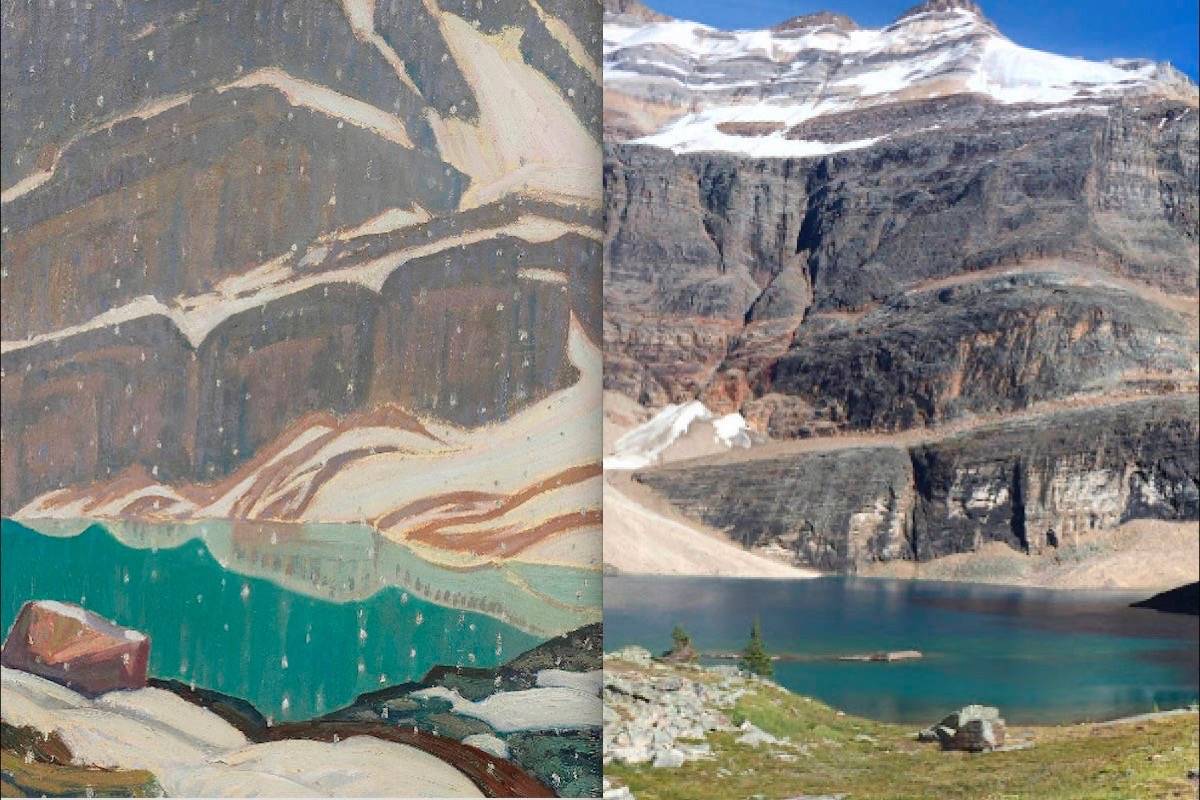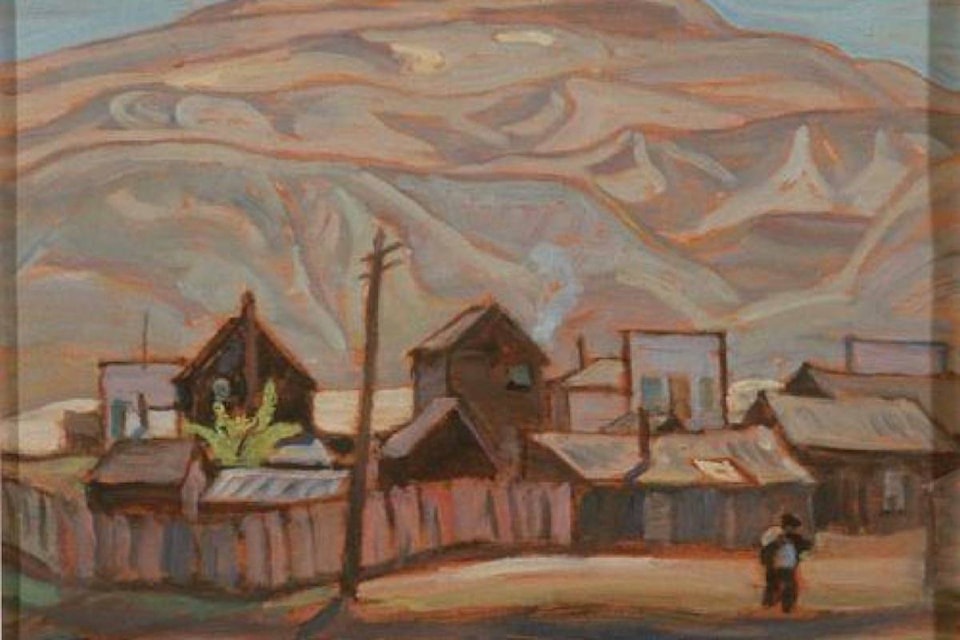On May 7, 1920, a group of artists calling themselves the Group of Seven mounted their first formal exhibition at the Art Gallery of Toronto (now the Art Gallery of Ontario). Their landscape paintings captured the raw, rugged beauty of Canada, and although many of their works depicted scenes in Eastern Canada, members of the group also ventured westward and recorded what they saw, painting scenes in or around Ashcroft, Yale, Field, and other places in B.C. and Alberta.
Travel restrictions mean that it’s difficult to visit some of these sites, but Google Canada is inviting Canadians to celebrate the Group of Seven and this landmark of Canadian art history with virtual visits to the real-life locations that inspired the artists, alongside the paintings that the artists created.
The McMichael Gallery in Ontario has the world’s largest collection of works by members of the Group of Seven, and Google Canada is partnering with the gallery to digitize between 150 and 200 of the items. Alexandra Klein of Google Canada’s communications team says that they are “incredibly excited and humbled” to be working with the McMichael on the project.
“What Google can do really well is use their global platform to share Canadian culture with Canada and the world,” she says. “It’s especially significant given their importance, and the 100th anniversary.”
The original members of the Group of Seven were Franklin Carmichael, Lawren Harris, Arthur Lismer, Franz Johnston, J. E.H. MacDonald, Fred Varley, and A. Y. Jackson. In 1945 Jackson visited Ashcroft, leaving behind a painting and a sketch of the town, both of which have been interpreted as glass mosaics (one on the Rolgear building and one in the Heritage Park).
While the artists and their works are now seen as landmarks of the Canadian art world, initial reaction to their paintings was by no means one of universal praise. One critic dubbed them the “hot mush” school of art, a reference to the texture of the paint they used, which the critic said made him think of gobs of porridge.
Google Canada recently released images of several of the digitized paintings, along with Google street view images of the locations where or near where they were painted, including the historic church in Yale.
“We’ve made a commitment to create a digitized, centralized Group of Seven ‘hub’,” says Klein. “They’re representative of Canadian art history, and they have a significant history in the west. They definitely had a presence in B.C. and Alberta as well as in Ontario. It’s important for people to know that’s reflected in their work.”
She says that pairing the paintings with street view is a way for Canadians to engage with our culture, history, and geography from home during COVID-19. “Now is the time when people are usually planning what their summer will look like. Street view allows us to learn about the Group of Seven virtually from the comfort of our homes, and plan future trips.”
Klein says that another thing Google is trying to do is democratize art.
“Not only are the Group of Seven known across Canada for their work, which represents a certain place and time, they’re known around the world. Google has art from around the world, and it’s not just for people who can access galleries. I hope people around the world learn about each other and each other’s culture.”
While Google has the platform, Klein says they are relying on staff at the McMichael to guide them in terms of selecting the artwork. “They’re the curators. What we’ve done is show a taste of what’s to come, and hint at what the experience will be like.
“Google allows us to work with art from around the world. The cameras are designed to best reflect the details of a work of art. There’s a difference between taking a straight-on photo and one that shows interesting details in, say, a watercolour painting.”
Klein says the paintings and street views can be found at the Google Arts & Culture website (https://artsandculture.google.com/).
“Everything is in there. And we’ll be making a second announcement when everything is online.”
editorial@accjournal.ca
Like us on Facebook and follow us on Twitter

